We just talked about the risks of early seeding a couple of weeks ago. But, there can be upsides as well – it’s not all death and destruction. There are benefits that can accrue, but rewards come with careful and considered planning. Usually.
The big prize that comes with early seeding is increased yields and quality. Additionally, as farms get bigger, getting seeding started earlier means more forgiveness in the timing of operations. And according to Saskatchewan’s Provincial Cereal Crops Specialist Mitchell Japp, earlier seeded crops yield more.
Crops that are seeded earlier enjoy a number of benefits. “Crops seeded earlier can make better use of soil moisture,” says Japp. “As well, the chances of receiving sufficient moisture through the growing season increases with getting the crop in that bit earlier.” Earlier seeded crops may get a jump start on weeds; however, weed seeds are just as influenced by soil moisture and temperature as crop seeds. “Producers need to look at the whole picture when the opportunity for earlier seeding is presented, for example, if you are seeding oats into a field you know has wild oats, it’s better to wait and knock back that flush of wild oats first before seeding.”
Seeding crops early might have them mature past the susceptible stage for insect damage, depending on the crop and the insect. A good example is wheat midge. Adult wheat midge usually emerge in late June and early July and they like to lay their eggs on newly emerged wheat heads. The larvae then feed on the developing wheat kernels causing damage and lower yields. Seeding early can give the crop an opportunity to head out before the adult midge emerge and start laying eggs – essentially out-maturing potential damaging infestations.
As with insects, early seeding can help the crop avoid key diseases by avoiding the infection phase. Heat blast in canola and heat stresses in other crops could also be potentially avoided with earlier seeding.
Finally, early seeding can result in earlier maturity and the opportunity to harvest the crop in more favourable conditions. “Getting in to harvest earlier in the fall might lead to improved quality,” says Japp. “This is particularly important for those crops such as oats and malting barley which are bought by end users primarily on quality characteristics.”
Some crops can go in early into cooler soils – peas and wheat for example – and do very well. However, other crops are far less forgiving. Canola and soybeans are good examples. Both these crops need to get a quick jump out of the ground and strong establishment to prepare them to handle other post-emergent stresses better.
When planning which crops to seed first if early seeding is an opportunity, there are some rules of thumb to bear in mind. Wheat and peas can tolerate early seeding, as can lentils and chickpeas. All of these are cool season crops and can withstand a light frost. It is recommended to seed these crops in the top inch of the soil when it reaches 50C and the soil is not excessively wet. Japp recommends taking soil temperatures at the seeding depth in the morning and evening. Average the two readings every day for 2-3 days and ensure the soil temperature is stable around 4 – 50C before seeding. “If the soil temperature is too low, the seeds will just sit there and be more exposed and vulnerable to soil-borne pathogens,” he says.
The decision to start seeding earlier than the norm for your farm is a very personal decision that takes into account your appetite for risk, your confidence in your local conditions and probably the number of acres you have to plant. Thomas Jefferson once said that with great risk can come great reward. Farming with only that attitude will probably eventually lead to great ruin; however, farming is also all about risk in many ways. Taking some calculated risk is the safest way to go.

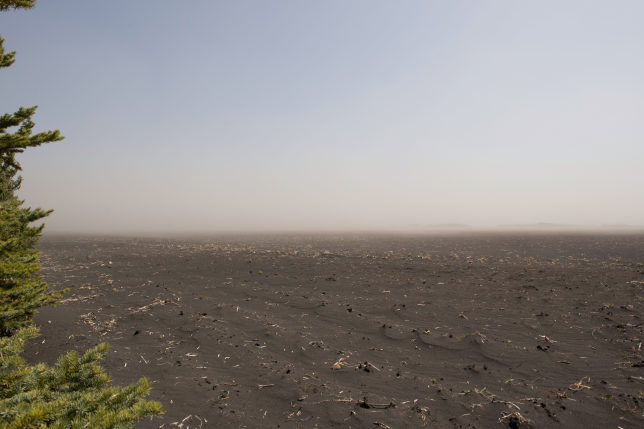
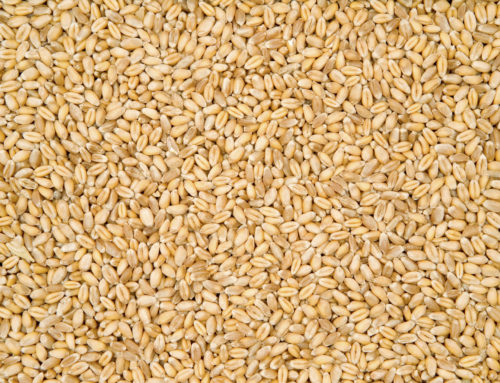
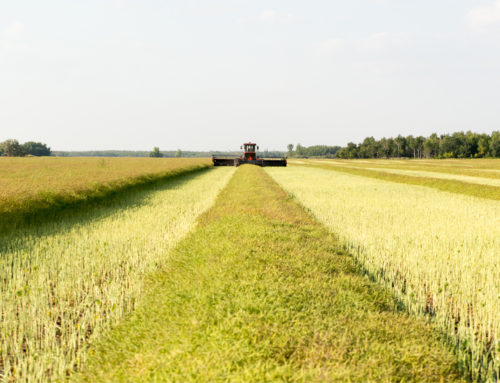
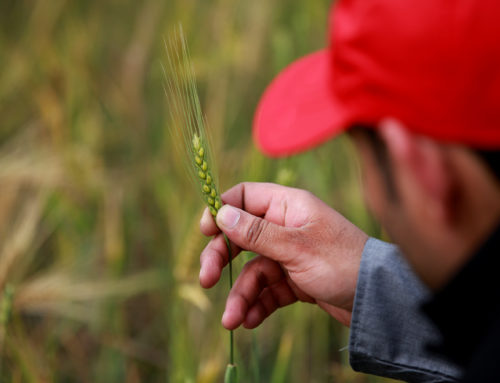
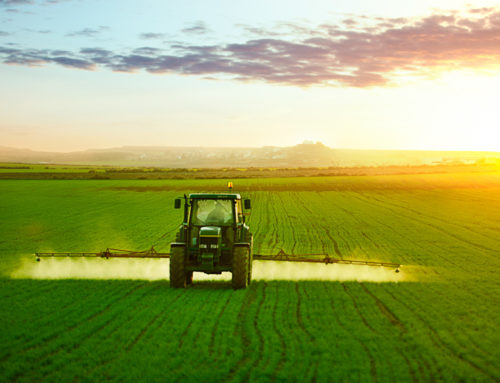

Leave A Comment